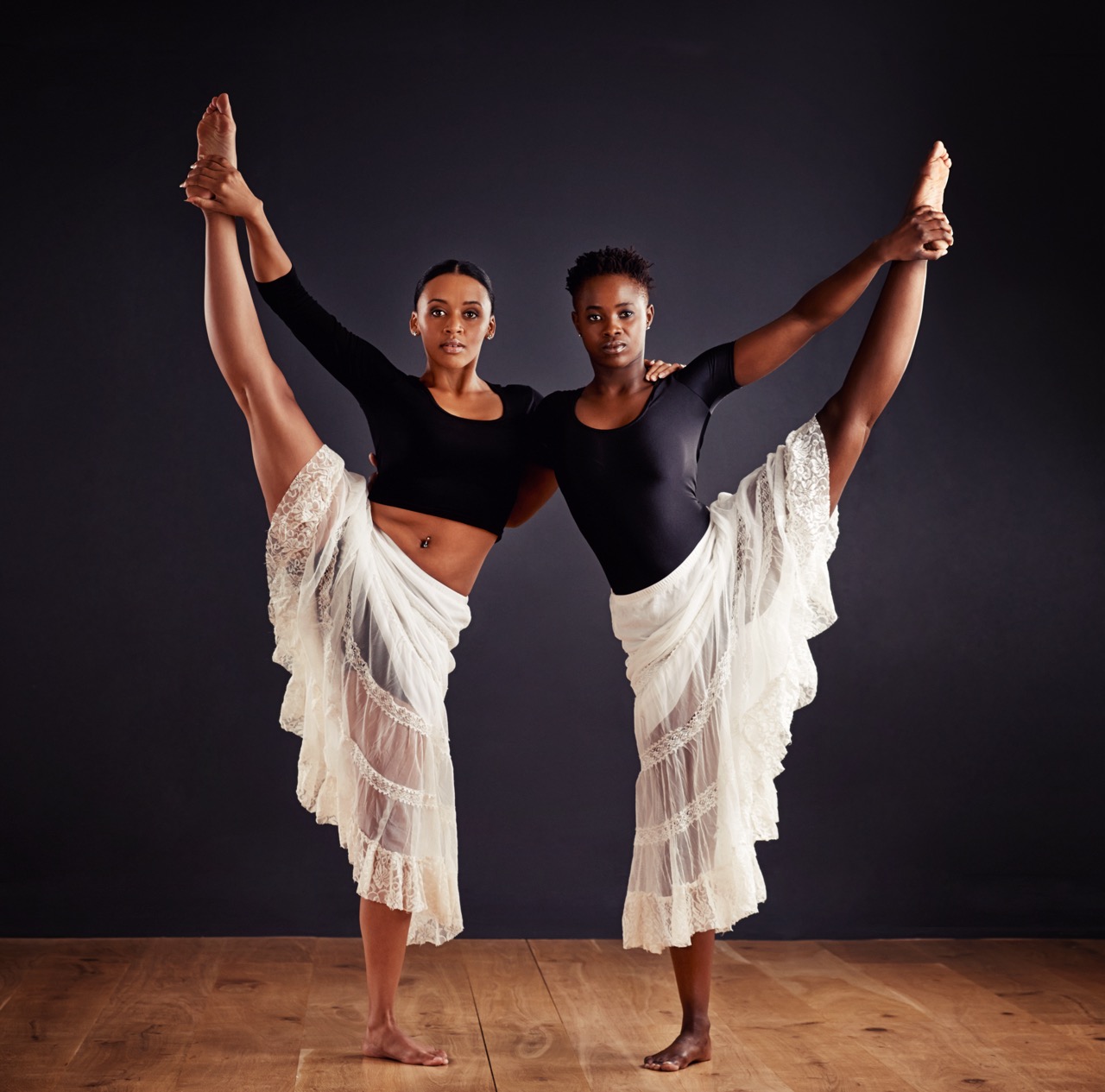In recent years, the therapeutic landscape has embraced innovative approaches to healing, with dance emerging as a powerful conduit for trauma recovery. Dance therapy, rooted in expressive arts therapy, uses movement to foster emotional, psychological, and physical healing. By integrating the inherent rhythm of dance, individuals can unlock a profound healing process, allowing them to navigate the complexities of trauma with grace and resilience. This article delves into how dance serves as a therapeutic tool for trauma survivors, exploring its emotional and physical benefits, the reclamation of agency through movement, and inspiring success stories that illuminate the transformative power of dance therapy.
The Healing Rhythm: Dance as a Therapeutic Tool
Dance therapy combines the expressive nature of movement with psychological principles to create a unique form of healing. This modality encourages participants to engage in spontaneous movement, tapping into their subconscious to express feelings often suppressed by trauma. The rhythmic aspect of dance can mirror the body’s natural rhythms, promoting a sense of harmony and grounding. As individuals move, they are often able to access deep-seated emotions, facilitating a release that can lead to significant breakthroughs in their healing journey.
Moreover, dance therapy environments are typically safe and non-judgmental, fostering a sense of community and support among participants. In these spaces, individuals can explore their emotions without the constraints of verbal communication. This aspect is particularly vital for trauma survivors, who may struggle to articulate their pain verbally due to fear or shame. The act of dancing not only helps in expressing what words cannot but also encourages connection with others who share similar experiences, reinforcing the idea that they are not alone in their journey.
Additionally, the structured yet flexible framework of dance therapy allows for personalized experiences tailored to the individual’s needs. Practitioners can adapt movements and activities to accommodate differing levels of physical ability and emotional readiness. This adaptability ensures that participants can engage at their own pace, making the therapeutic process accessible and inclusive. Through dance, trauma survivors can discover new ways to navigate their emotions and reclaim their narrative, ultimately fostering resilience and hope.
Unveiling Emotions: Movement Beyond Words in Therapy
One of the most profound aspects of dance therapy is its ability to unveil emotions that may be too difficult to express verbally. Trauma often manifests as a disconnection between the mind and body, resulting in feelings of numbness or overwhelm. Dance provides a bridge between these two realms, enabling individuals to reconnect with their bodies and emotions in a safe and guided environment. Through various movements, participants can embody their feelings, channeling fear, anger, or sadness into physical expression.
In this context, dance becomes a language in its own right—a non-verbal means of communication that transcends the limitations of words. Participants may find themselves expressing emotions they didn’t know existed or re-experiencing feelings associated with past trauma. This cathartic release can be immensely liberating, allowing individuals to process pain and grief without the pressure of having to articulate those feelings. As they move, they often cultivate a deeper understanding of their emotional landscape, paving the way for healing and growth.
Moreover, the improvisational nature of dance therapy can create an environment ripe for exploration. Participants are encouraged to listen to their bodies, follow their instincts, and respond to the music or the space around them. This freedom invites a spontaneous expression of emotions, allowing individuals to experience their feelings in real-time. By embracing movement as a form of emotional release, participants can shed layers of trauma, gradually reclaiming their emotional and physical well-being.
Reclaiming the Body: Dance to Restore Power and Agency
Trauma can lead to a profound disconnection from one’s body, resulting in feelings of helplessness and a loss of agency. Dance therapy offers a pathway to reclaim that agency through movement, empowering individuals to reconnect with their bodies in a positive and affirming way. By engaging in dance, trauma survivors actively embody their experiences, transforming passive suffering into active participation in their healing journey.
The physicality of dance engages the participants’ muscles, breath, and overall physical presence, fostering a sense of empowerment. As they learn to move through discomfort or anxiety, individuals often discover newfound strength and resilience within themselves. This reclamation of physical agency can significantly impact their perception of self-worth and confidence, fostering an increased sense of autonomy in their lives. Regular movement can also improve body awareness, leading to healthier relationships with one’s body and promoting holistic well-being.
Additionally, dance therapy can serve as a powerful tool for boundary setting and self-expression. Through movement, individuals can practice asserting themselves and their needs in a safe space. This practice can be a vital step toward building healthier relationships and establishing personal boundaries—skills often compromised in the wake of trauma. By taking ownership of their bodies in dance, participants learn to honor their feelings and needs, fostering a renewed sense of empowerment and agency that extends beyond the studio.
Transformative Journeys: Success Stories of Dance Therapy
The stories of individuals who have experienced transformation through dance therapy serve as powerful testaments to the modality’s effectiveness. Many trauma survivors have reported significant improvements in their mental health, emotional well-being, and overall quality of life after participating in dance therapy. One such story involves a young woman who had been a victim of abuse. Through dance therapy, she found a safe space to express her pain and reclaim her narrative, ultimately allowing her to reconnect with her body and self-identity. Her journey toward healing was marked by a profound transformation—a shift from victimhood to empowerment.
Another inspiring tale comes from a veteran struggling with post-traumatic stress disorder (PTSD). Engaging in dance therapy provided him with an outlet to process his experiences in a manner that felt both freeing and validating. The rhythm of the dance became a soothing balm for his racing thoughts, enabling him to release pent-up emotions in a supportive environment. His success underscores the versatility of dance therapy in addressing diverse trauma backgrounds and promoting healing through movement.
These stories, along with many others, highlight the community aspect of dance therapy, where individuals not only heal themselves but also uplift and inspire one another. The shared experience of expressing vulnerabilities through dance fosters deep connections among participants, reinforcing the notion that healing is a collective journey. As stories of transformation continue to emerge, dance therapy stands as a beacon of hope for trauma survivors, illustrating the profound impact of movement in the healing process.
As we navigate the complexities of trauma recovery, it is essential to explore diverse therapeutic modalities that honor the intricacies of individual experiences. Dance therapy offers a unique approach that taps into the innate power of movement, allowing trauma survivors to express emotions, reclaim their bodies, and foster resilience. The stories of those who have transformed their lives through dance serve as a powerful reminder of the healing potential within each of us. In a world where words may fall short, dance speaks volumes, paving the way for hope, healing, and a renewed sense of self.










